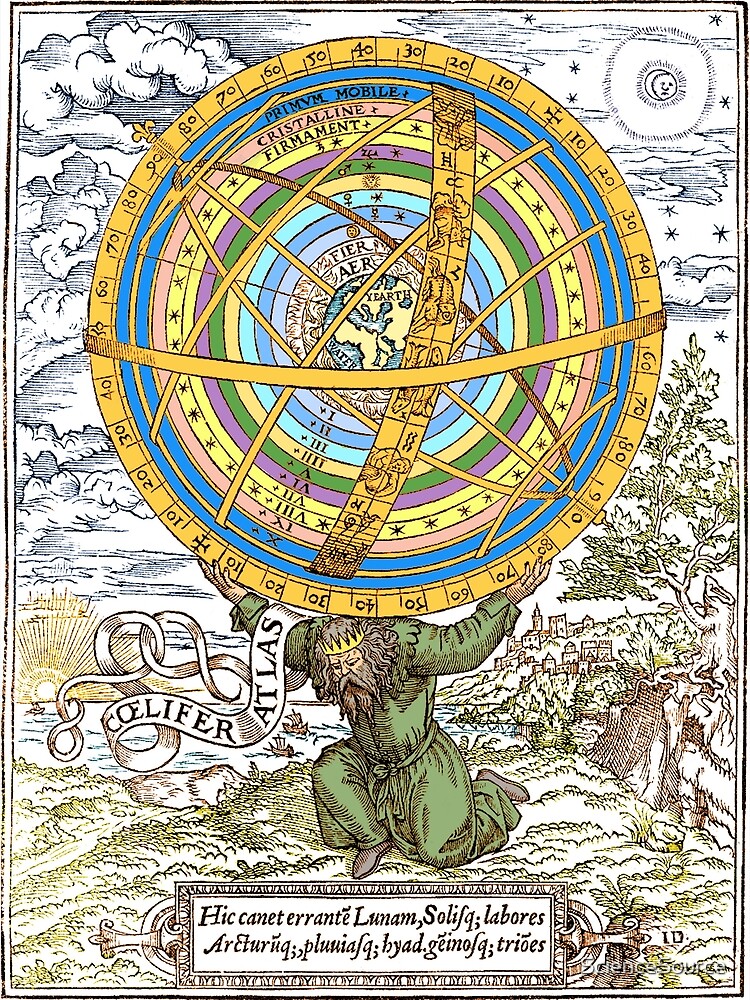In the opening of John 7, it says that the Feast of Tabernacles was near, and his brothers (in the broader sense, relatives or countrymen) said to him: “Leave here and go to Judea, so that your disciples also may see the works you are doing” (John 7:3). They were speaking with a hint of irony, suggesting that He should make himself visible, public, even famous, much like a thaumaturge seeking recognition and applause.
Christ answered: “My time has not yet come, but your time is always here. The world cannot hate you, but it hates me because I testify that its works are evil” (John 7:6–7). Later, he said: “You go up to the feast. I am not going up to this feast yet, because my time has not yet fully come” (John 7:8). And nonetheless John the Evangelist then writes: “After his brothers had gone up to the feast, then he also went up, not publicly, but in secret” (John 7:10).
Christ remains in Galilee because the Logos is still within the cycle of generation, preparing for the anástasis, the rising. He knows that to go down to Judea is to enter the solar axis of the Passion, the place where “time” is fulfilled. And, anything subjected to the powerful solar light, must face symbolic death.
When He says, “My time has not yet come,” He uses the word καιρός (Kairos), not χρόνος (Chronos). The difference is paramount. In Greek, Χρόνος (Chronos) is the time that devours its children, the continuous flow of necessity, the movement of Heimarmene, the causal chain that makes the planets turn like cogs of matter. It is the time of the stars as a clock, the circle of repetition.
Καιρός (Kairos), on the contrary, is vertical time, the exact moment, the opening through which the Eternal enters the flow. If Chronos is the circle, then Kairos is the ray that pierces it. It is the instant when the Logos touches the movement of the world and alters its direction without breaking its Law.
In Hermetic and Platonic cosmology, the celestial spheres represent degrees of necessity: each planet is a knot in the current of Heimarmene. The Sun, as symbolic centre, distributes rhythm; and Saturn, the limit of the visible world, marks the ring of fatality. Between them, the seven gods of time trace the circuit of the incarnate soul.
But Kairos is that which descends through the central axis – the Axis Mundi, the channel of the Nous – and pierces the spheres. It is what allows the soul to ascend against the weight of rotation. It is the reverse turning of the Spirit which, instead of being carried along by the rotation of the planets, gathers itself in the centre and rises, sphere by sphere, towards the One.
When Christ says, “My Kairos has not yet come,” He speaks as the Logos who awaits the alignment of the inner spheres. The entire cosmos must turn until the wheel of necessity coincides with the point of the Eternal. Only then can the Word manifest without losing itself.

Kairos is therefore the point of intersection between destiny and freedom, the moment when the Eternal touches the revolving, and we can act in harmony with Heaven. It is the “favourable instant,” the Divine archer loosing his arrow into the centre of time. In astrological terms, Kairos is when the map of the heavens and the map of the soul coincide, when the rotation of the spheres opens and the solar-lunar axis allows the passage of the Nous.
To be liberated does not mean to stop feeling cold, hunger, or desire; it means that, knowing where they come from, we no longer confuse ourselves with them. Pain ceases to be mere punishment and becomes message; an astrological transit becomes instruction; passion becomes a force of ascent. Christ shows this by accepting the entire drama of the powers. He accepts his own body, hunger, sleep, and ultimately death, and yet remaining centred in the Father. He does not destroy the planetary gods; He redeems them, placing them once more in orbit around the inner Sun.
In the ordinary individual, the spheres turn and rule. In the awakened one, the spheres turn from the centre. And that centre, which is motionless, solar and silent, is the place where Kairos tears through Chronos. We still remain at the mercy of the powers, yes, but like a sailor who has learnt the currents.
The brothers of Christ move within Chronos, the profane time, where everything appears “always ready.” Christ moves within Kairos, the Sacred time, the time of the Work, where every gesture is a sigil of the Spirit. That is why He goes up “in secret.” Now, this is quite important. The Logos enters the Temple under the sign of concealment. He refuses visibility, since true glory is interior. Secrecy is the very condition of the Incarnation as mystery: the Word is never revealed in full until the Cross.
That is why He goes up “in secret.” The Logos enters the Temple under the sign of concealment. He refuses visibility, for true glory is interior. Secrecy is the very condition of the Incarnation as mystery: the Word is never revealed in full until the Cross.
